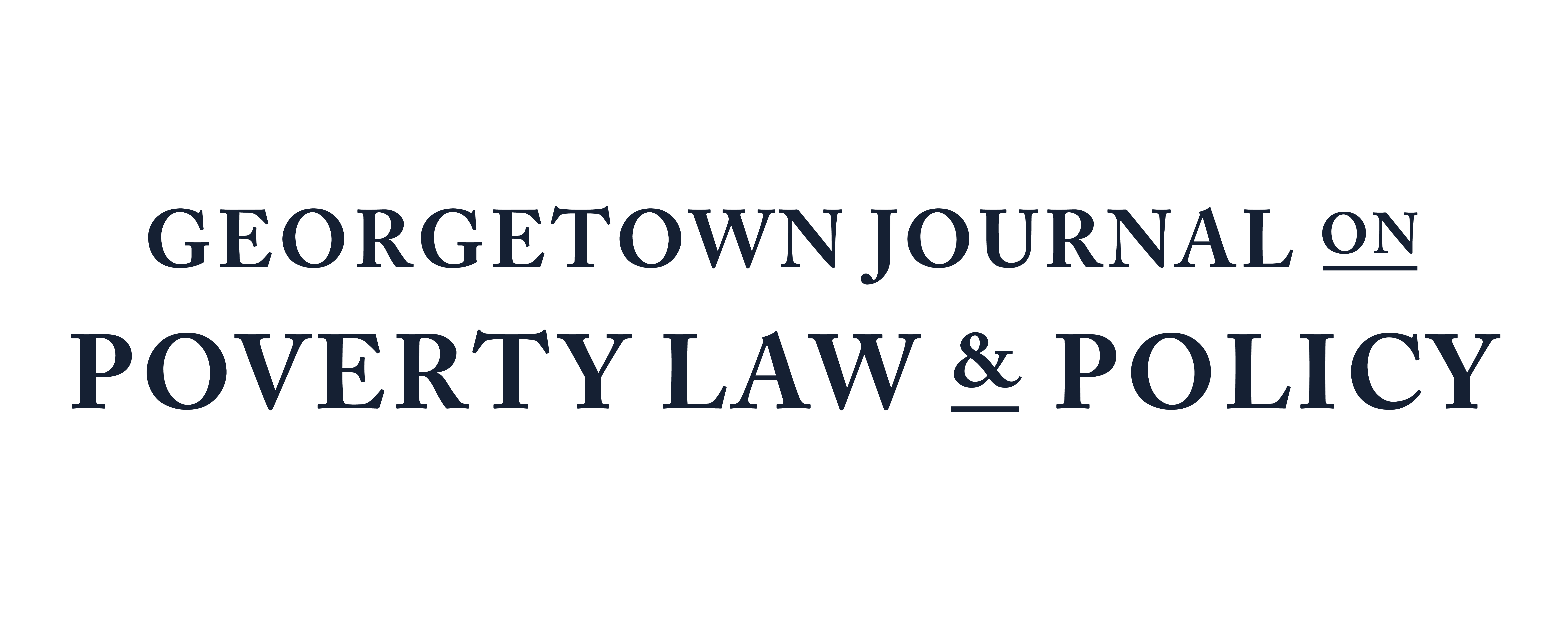For True Marriage Equality, End the SSI Marriage Penalty
March 9, 2025 by Meredith Bartley
The victory of Obergefell v. Hodges has been heralded as marriage equality for all—but that goal remains out of reach so long as people with disabilities continue to face income penalties for tying the knot.
Individuals enrolled in Supplemental Security Income (SSI), which provides supplemental income to people who are over the age of 65 and have disabilities, cannot have more than $2,000 in assets and remain eligible for the program. However, for married couples, the cap is set not at double the individual ceiling—as might be expected for doubling the size of a household—but at $3,000, or 50 percent above the individual level. This insufficient and disproportionate increase has significant impact: On average, 40,000 beneficiaries have their benefits terminated each year for exceeding the resource limit, after which they must start the application process again.[1] This, in turn, incentivizes many disabled people who learn of the SSI marriage penalty to hide their marriage.[2]
Aside from the marriage penalty, it is also clear the asset limits on individuals and couples are overdue for revision given they have remained unchanged since 1989. Had they kept pace with inflation since the program’s inception, contemporary limits would exceed $10,000 for individuals and reach nearly $17,000 for couples
The goal of SSI is to provide benefits to nearly 8 million low-income older adults and people with disabilities to help them meet basic needs.[3] The antiquated, absurdly-low asset cap interferes with this mission, preventing people from making down payments or security deposits on homes, and inhibiting families’ ability to build savings to cover unexpected and emergency expenses. Numerous studies show that people without savings typically have poor credit scores and difficulty paying bills.[4] For low-income families, having modest savings significantly reduces financial hardship.[5]
Disability also creates substantial additional costs: Households including a person with disability need approximately $18,000 more annually to maintain the same living standard as similar households without disabilities.[6] Many necessary expenses, like specialized wheelchairs, home modifications, and medical equipment not covered by Medicaid, require savings.
Increasing SSI’s asset limits would allow beneficiaries to maintain modest savings while still receiving vital income assistance. While the basic federal SSI benefit provides about 75% of the poverty-level income for individuals, the program alone cannot lift recipients out of poverty. Though it may reduce financial hardship and decreases dependence on family support, about half of SSI beneficiaries remained below the federal poverty line in 2016 even after receiving benefits.[7]
Higher resource limits would also help stabilize other benefits for SSI recipients as exceeding the resource limit can cause beneficiaries to lose not only SSI but also Medicaid, SNAP, and other benefits that are linked to SSI eligibility.
Low SSI asset caps are also a major problem for the Social Security Administration (SSA) as the leading cause of agency’s overpayments.[8] Exceeding SSI’s resource limit by any amount results in complete benefit ineligibility for that month. Since the SSA often takes time to identify ineligibility and overpayments, it often doles months of payments to households that are then asked to return erroneous income as debt owed to the federal government.[9] With minimal alternative income sources, most SSI recipients find it almost impossible to repay these obligations. While raising the asset limits would cause initial expense, these costs would be offset by savings from reduced overpayment.[10]
To correct these wrongs and ensure the nearly 8 million people on SSI can save—and marry—without losing their benefits, Congress must raise the asset limits for individuals to $10,000 and the asset limits for couples to $20,000 and index the asset limits to inflation moving forward.
[1] SSI Annual Statistical Report, 2021 – Suspensions, Terminations, and Duration of Eligibility, Soc. Sec. Admin., https://www.ssa.gov/policy/docs/statcomps/ssi_asr/2021/sect11.html (last visited Mar. 9, 2025).
[2] Michelle Hanlon, Social Security’s Marriage Penalty Keeps Some Couples Living Apart, NPR (June 18, 2024), https://www.npr.org/2024/06/18/g-s1-4991/social-security-ssi-marriage-penalty.
[3] Monthly Statistical Snapshot (2024), January 2025, Soc. Sec. Admin., https://www.ssa.gov/policy/docs/quickfacts/stat_snapshot/ (last visited Mar. 9, 2025).
[4] Making Ends Meet: The Role of Emergency Savings in Family Financial Security, Consumer Fin. Prot. Bureau (Mar. 2022), https://files.consumerfinance.gov/f/documents/cfpb_mem_emergency-savings-financial-security_report_2022-3.pdf.
[5] Id.
[6] Id.
[7] Matt Messel & Brad Trenkamp, Characteristics of Noninstitutionalized DI, SSI, and OASI Program Participants, 2016 Update, Soc. Sec. Admin. (Apr. 2022), https://www.ssa.gov/policy/docs/rsnotes/rsn2022-01.html.
[8] Kathleen Romig, The Case for Updating SSI Asset Limits, Ctr. on Budget & Pol’y Priorities (Feb. 8, 2022), https://www.cbpp.org/research/social-security/the-case-for-updating-ssi-asset-limits.
[9] Id.
[10] Kathleen Romig, Policymakers Should Expand and Simplify Supplemental Security Income, Ctr. on Budget & Pol’y Priorities(July 27, 2022), https://www.cbpp.org/research/social-security/policymakers-should-expand-and-simplify-supplemental-security-income.

